Why it's important to cool down after exercise, according to the science
Find out why it’s important to cool down after exercise, with the help of our experts
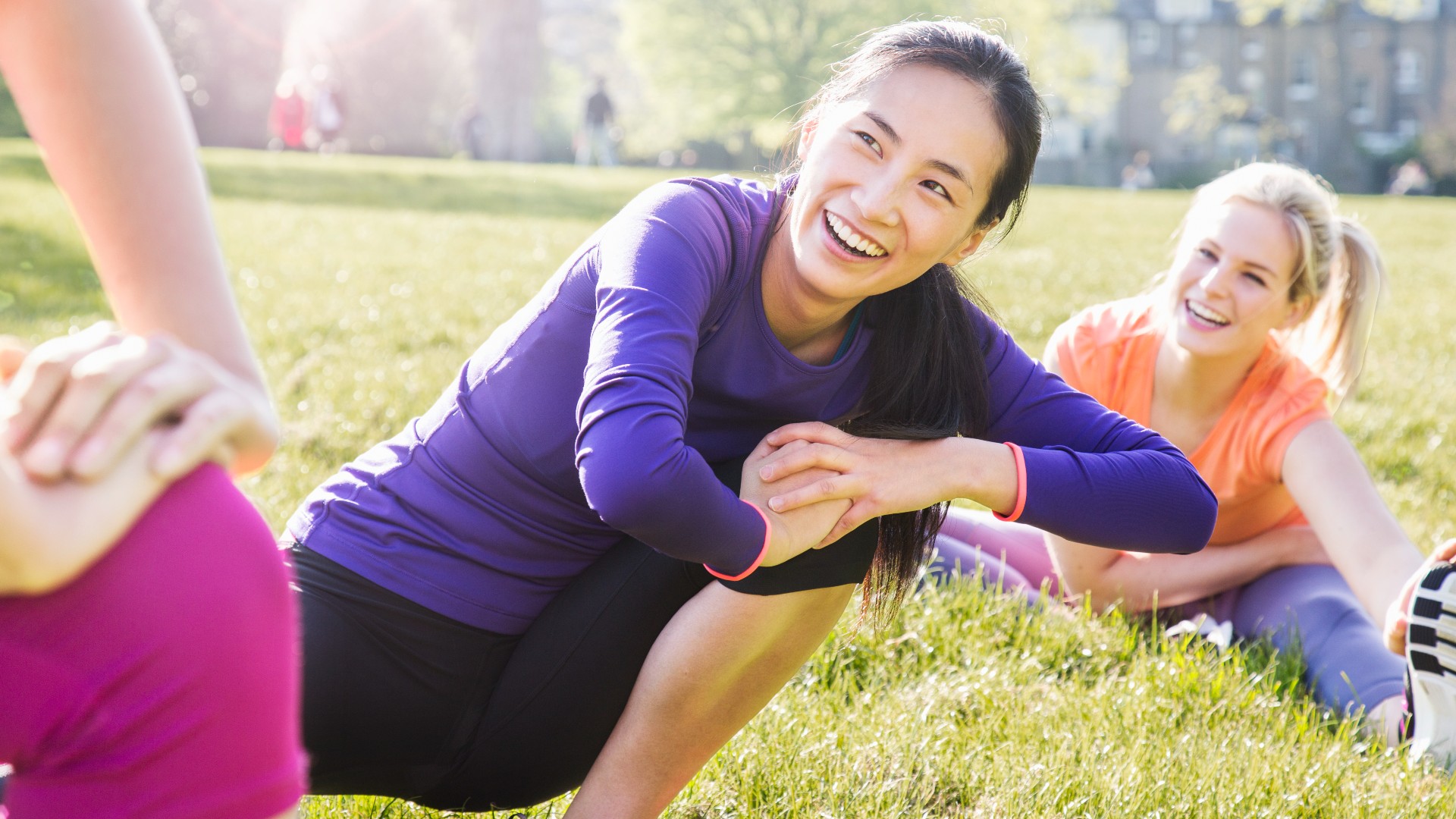
Whether you’re lifting weights at the gym or coming back from a 10k run, factoring in a cool down after exercise is crucial to help prevent injury, ease delayed onset muscle soreness (DOMS) and stretch your muscles.
Cooling down after exercise is just as important as warming up, helping the blood to keep flowing through the body and preventing unpleasant side effects, such as light headedness, that can come about when a sudden stop in exercise causes our blood pressure to drop.
While there are plenty of different ways you can cool down after exercise, stretching tends to be the most commonly used method. You can do this with no tools whatsoever, simply by holding each stretch for 10 to 30 seconds, or, if you really want to level up your cool-down routine you can incorporate one of the best foam rollers or best massage guns.
To find out more about why a cool-down routine is so important post-exercise, we spoke to our experts in sport and physiology, to find out why it’s so integral for recovery, the best way to cool down after a workout, and an example of the stretches we can incorporate into our routine.
Why cooling down after exercise is important
Many of us know that warming up before exercise is a great way to prevent injury and improve blood flow, but your post-exercise cool-down session is just as vital.
“To understand why cooling down after exercise is important, we must first understand what happens during exercise,” says Uzo Ehiogu, a Specialist Musculoskeletal Physiotherapist (MSK Rehabilitation) at the Royal Orthopedic Hospital Birmingham, UK. “During exercise, we subject the body to stress, which can affect both the muscular, connective tissues, neurological tissues, and bone.”
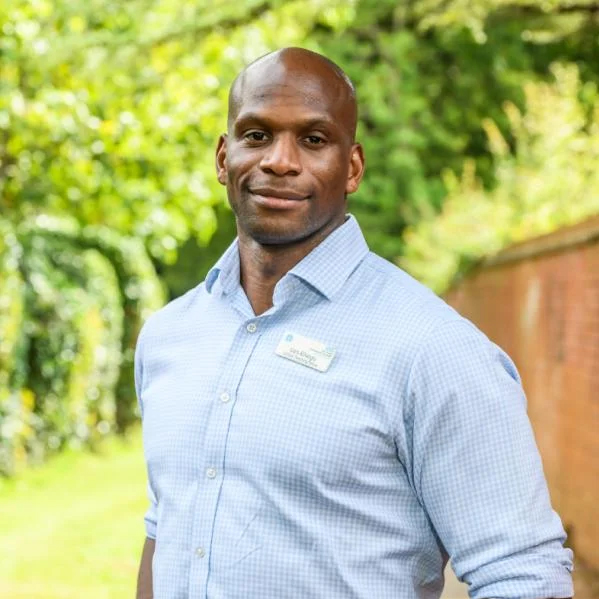
A former Royal Marines Commando, British Army officer and military parachutist, Uzo is a NHS clinical teaching fellow at the Royal Orthopaedic Hospital Birmingham and a Specialist Musculoskeletal Physiotherapist.
Regardless of whether you do an intense or less intense workout, exercise imposes stress on your body, which, as Ehiogu explains, facilitates the degradation of the body’s tissues and physiology.
“The cooling down process after exercise leads to the re-establishment of the body's ability to function and recover, and over a long period, this leads to an improvement in performance. However, most notably, cooling down is often associated with improvements in circulation. This consequently leads to the removal of metabolic byproducts after intense exercise and can facilitate a reduction in muscle and tendon stiffness.”
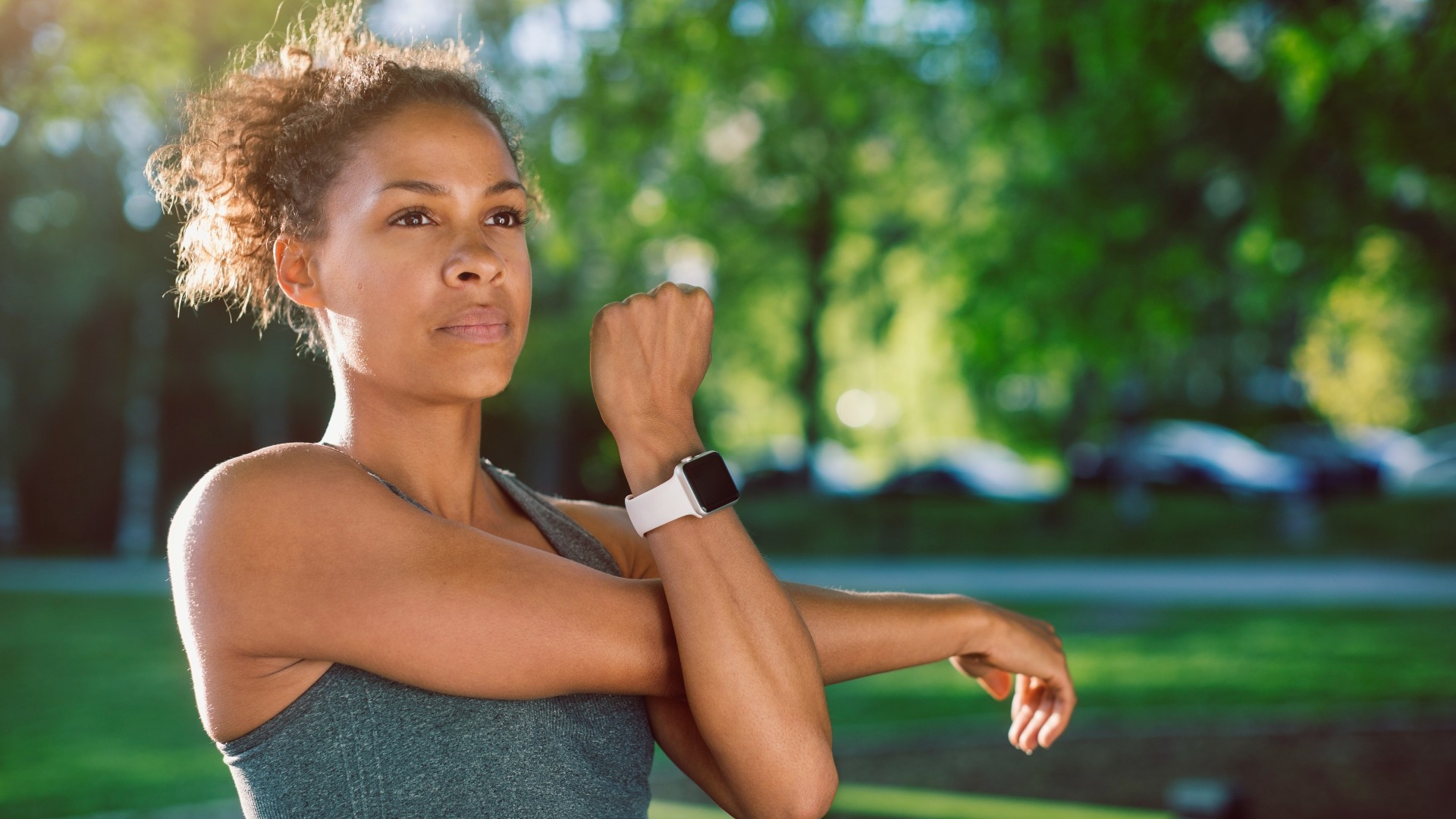
How to properly cool down after a workout
“After you have finished your main component of exercise, a short period of progressively slower and less demanding exercise can be beneficial as a part of the recovery process, such as yoga,” says Ehiogu. “This is beneficial when exercise is low in intensity and is designed to return your body back to its pre-exercise physiological state.
It is also beneficial to include stretching exercises to help improve your flexibility. These exercises can be static stretching activities, which improve the primary muscle groups that you used when exercising. For example, if you were jogging, then the muscle groups such as the calf muscles, the quadriceps muscles, and the gluteal muscles would all be used. Engaging in static stretching exercises for these muscles to develop and maintain their flexibility would be beneficial to your recovery in the long run.
- Read more: What does stretching do to your body?
Cool down stretches to try
Stretching is a great way to keep DOMS at bay, bring down your heart rate, and lower your body temperature if you’ve worked up a sweat. Stretches can be both dynamic and static. The major difference between the two is that the former involves muscle movement, while the latter involves holding the movement for a period of anywhere between 30-60 seconds. Usually, a combination of both is best. A cool-down is equally important. Physiotherapist Phil Evans from Urban Body suggests the following poses

Urban Body’s lead physiotherapist, Phil Evans, has a private clinic in Solihull and was an official physio at this year’s Commonwealth Games, working with elite athletes.
Child's pose
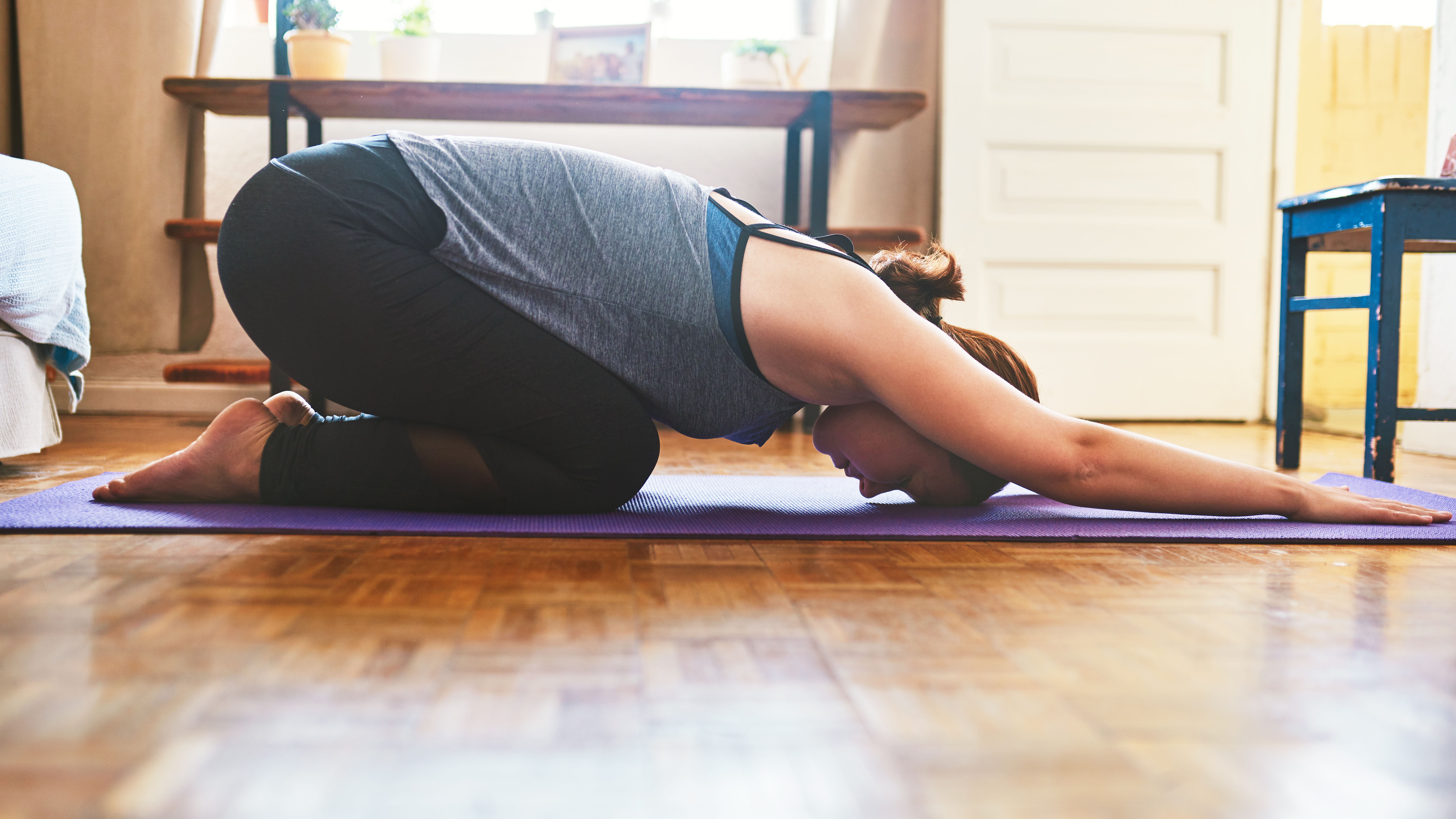
- Start on all fours (your hands and knees).
- Drop your buttocks back onto your heels.
- Stretch your hands forwards, dropping your head between your shoulders towards the floor. You will feel this stretch through your back and upper arms.
- Hold the stretch for 60-90 seconds without discomfort levels going above 4/10.
Pigeon pose
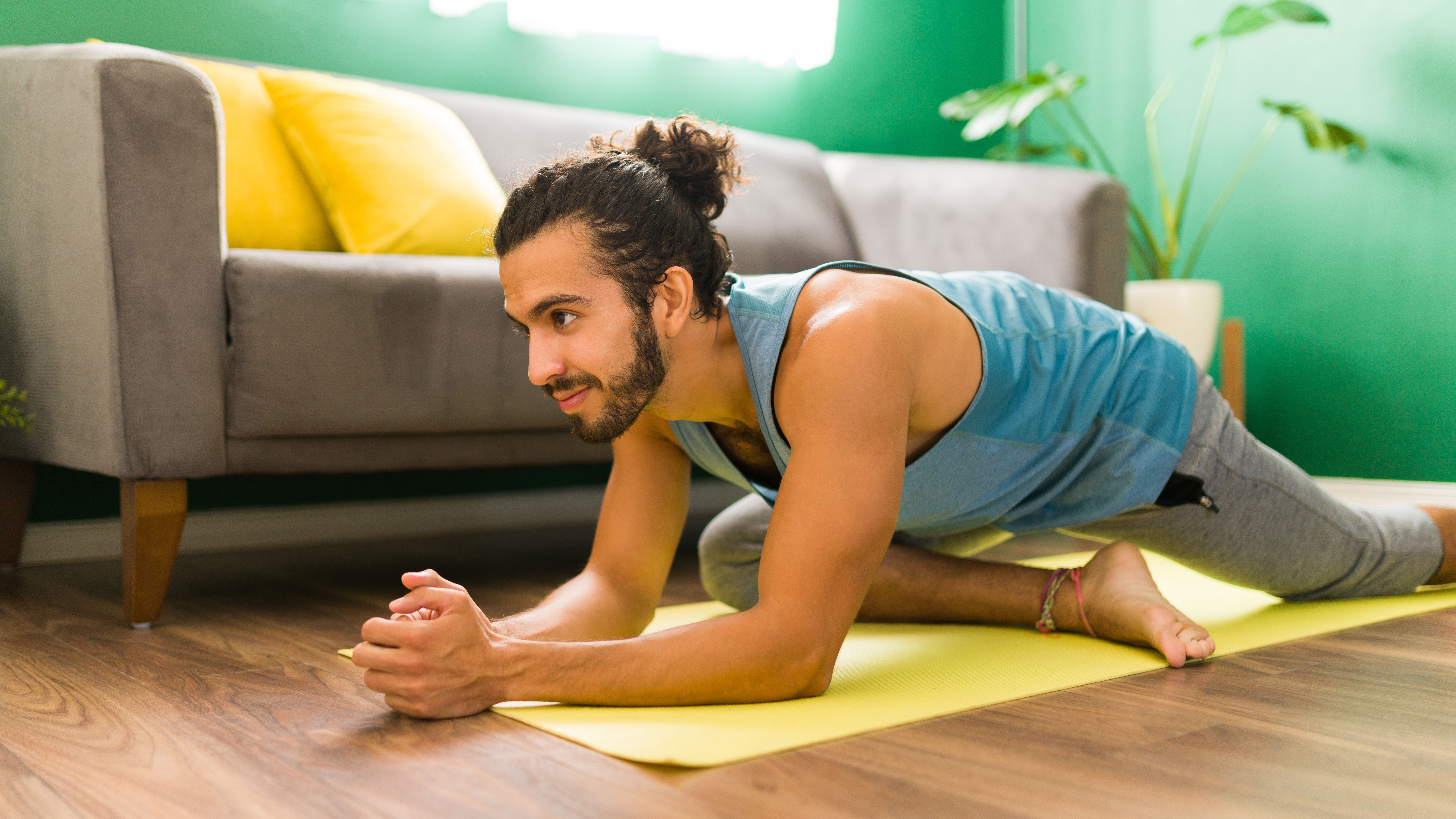
- Start on all fours (your hands and knees).
- Bring your right knee forward and get as much external rotation in your hip as you can.
- Lay your leg down on the mat and lower your chest down to the floor as far as you can. You will feel this stretch through your right buttock/hip.
- Hold the stretch for 60-90 seconds without discomfort levels going above 4/10.
- Repeat for your left hip.
This article is not meant to offer medical advice and readers should consult their doctor or healthcare professional before adopting any diet or exercise regime.
Sign up for the Live Science daily newsletter now
Get the world’s most fascinating discoveries delivered straight to your inbox.
Stacey Carter is a Freelance Health Writer who has written print features and digital content for titles such as Woman & Home, Natural Health, Women’s Health, Get The Gloss, and Stylist. You'll find her covering a wide variety of health-based topics, talking to leading figures in the fitness industry, and investigating the latest trends in wellness. When she’s not at her laptop, weekend hikes, testing out new recipes in the kitchen and LISS-style workouts are her favourite ways to switch off.











